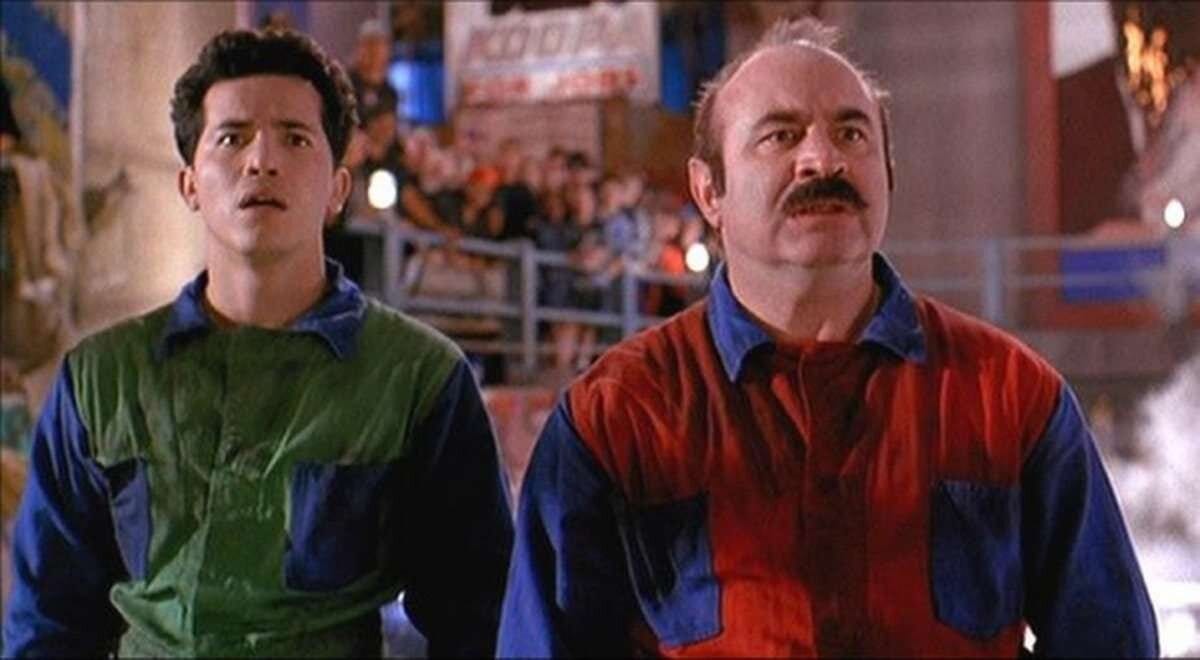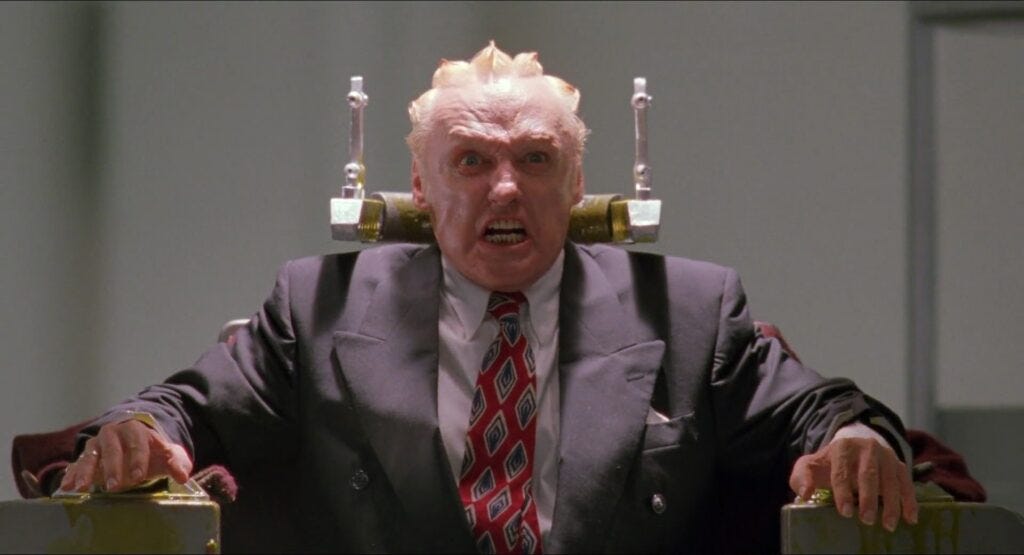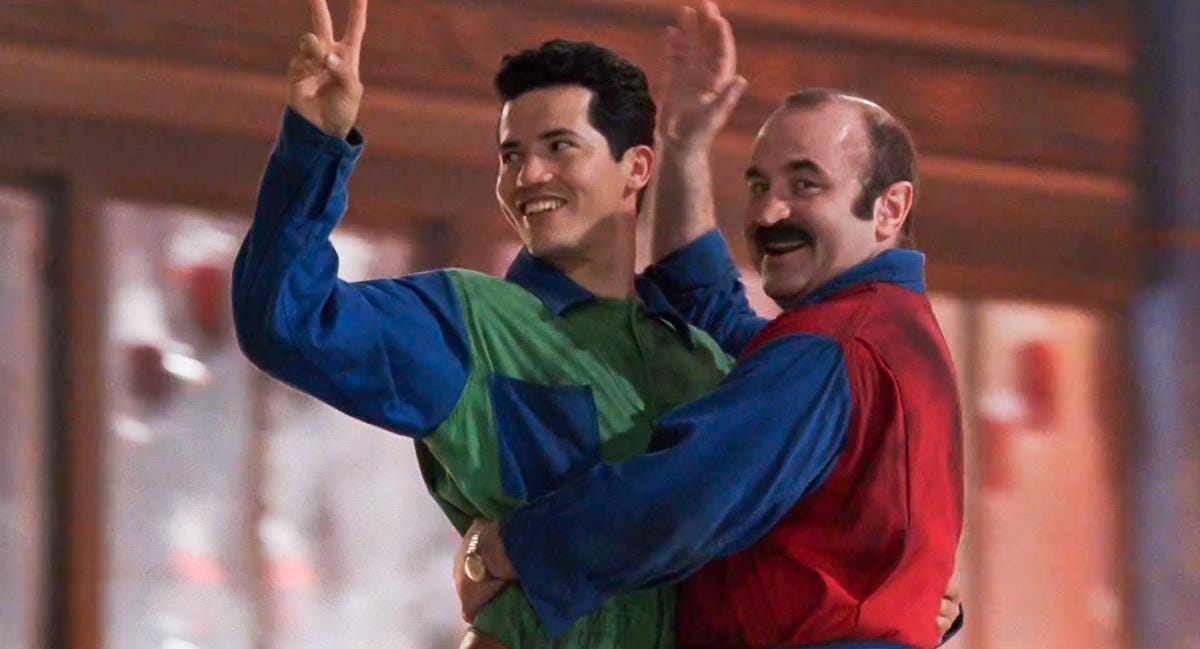How Not to Adapt a Video Game: The Disaster Film That Was Super Mario Bros.
How one video game adaptation set the bar so low that it would influence a subgenre for decades
In 1993, Super Mario Bros. hit theaters and was met with lukewarm reception from both critics and fans. As one of the first major attempts to adapt a video game into a movie, it set the bar low for game-to-film adaptations for years to come. A commercial and critical failure, the film has since become a cautionary tale of what can happen when beloved video game franchises are brought to the big screen.
Produced by Hollywood Pictures with a budget of approximately $48 million, the movie was directed by the duo Rocky Morton and Annabel Jankel. It starred Bob Hoskins and John Leguizamo as the iconic Mario and Luigi. The film also stood out as one of the first big productions to utilize computer-generated effects, with its visuals of dinosaurs and other creatures becoming central elements.
However, the film had little in common with the Super Mario games that had made Nintendo a global powerhouse. Instead of whimsical adventures, the movie sent Mario and Luigi to a dystopian alternate dimension populated by humanoid dinosaurs and bizarre creatures. The villain, President Koopa (played by Dennis Hopper), had a dinosaur-like appearance and sinister plans to invade Earth. Familiar game elements like Warp Pipes, Super Mushrooms, and Power Stars were reimagined in ways that often left fans scratching their heads.
Missing the Mark
Fans were disappointed by the film’s inability to capture the charm and simplicity of the video games. Instead of the colorful, playful tone synonymous with Super Mario, the movie leaned into a darker, dystopian atmosphere that felt at odds with its source material. The performances were another sticking point for some fans. While Bob Hoskins and John Leguizamo did their best with the material, many felt they were miscast as Mario and Luigi. Rumors from the set painted a chaotic picture, with reports of poor communication between the actors and directors, and even admissions from Hoskins and Leguizamo that they were often drunk during filming.
Despite the backlash, Super Mario Bros. has found a niche audience over the years. Some fans appreciate its unique visual style and the dystopian universe it managed to create. Others see it as a campy, entertaining, albeit flawed, sci-fi relic of the ’90s.
While it may not be the most beloved chapter in the Super Mario saga, the film has left its mark. For some, it serves as a reminder of the pitfalls of adapting video games into films. For others, it’s an oddly fascinating time capsule of early CGI and Hollywood’s initial attempts to translate video game magic to the screen.
The Video Game Movie Curse
Financially, the film was a significant disappointment. It grossed only $21 million in the U.S. and $38 million internationally, falling short of its production costs. Contributing factors included stiff competition from other films at the time and lukewarm interest from fans who were put off by the movie’s deviations from the games.
Over 30 years after its release, Super Mario Bros. remains a divisive topic among fans and critics. Some view it as a cult classic and an essential part of video game history, while others see it as a cautionary tale of what can go wrong in adapting games to film. Regardless, the holds a special place in cinema history as one of the first, albeit flawed, attempts to turn a video game into a blockbuster film. It also inspired future filmmakers to take on similar projects—often with poor result, leading to what many called the “video game movie curse.”
Super Mario Bros. may not be a good movie, but it is undeniably memorable. It’s the kind of film you have to see to believe. Here’s the trailer—it screams ’90s nostalgia!




